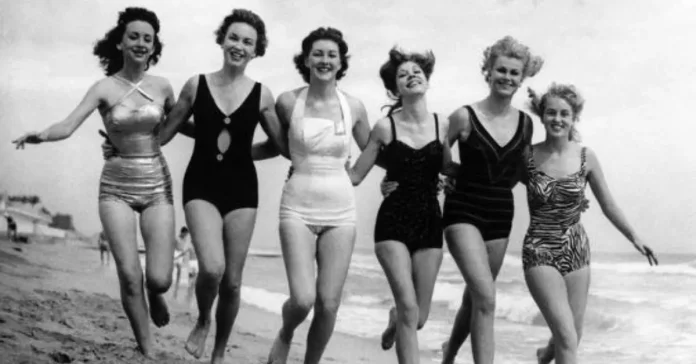The bikini, as we know it today, is more than just a piece of swimwear it’s a symbol of freedom, confidence, and, in some ways, rebellion. Its journey from scandalous beginnings to mainstream fashion offers a fascinating glimpse into changing societal norms and the evolution of fashion over the decades. But how did the bikini come to be? Who invented it, and what was the cultural reaction at the time?
The Origin Story
The modern bikini was invented in 1946 by French automotive engineer turned designer, Louis Réard. However, the idea of two-piece swimwear dates back centuries, with ancient Roman mosaics depicting women in similar attire. Yet, it was Réard’s daring creation that truly revolutionized swimwear, giving the bikini its now iconic status.
Before Réard’s bikini, there were other attempts to create two-piece swimwear, but these designs were conservative, covering the navel and staying in line with the era’s modesty standards. World War II, which saw fabric shortages, led to swimsuits becoming smaller in general, laying the groundwork for Réard’s invention.
Réard named his creation after the Bikini Atoll, a site in the Pacific Ocean where the U.S. had just conducted nuclear bomb tests. He wanted to convey the explosive impact he believed his design would have on the fashion world and he wasn’t wrong.
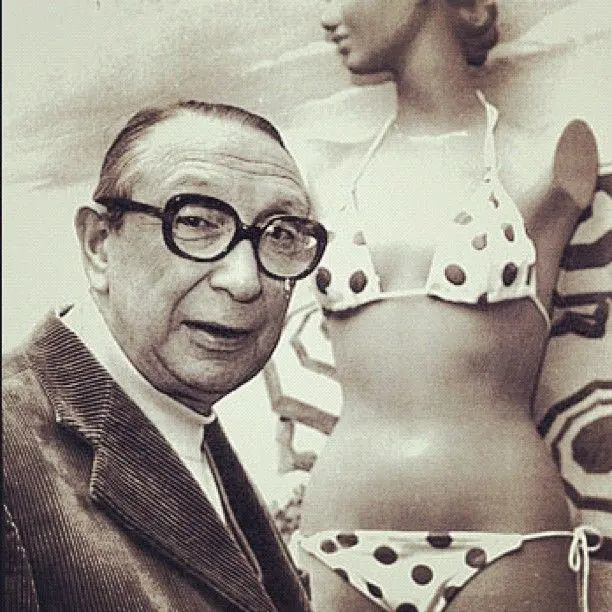
French designer Louis Reard created
the first bikini in 1946.
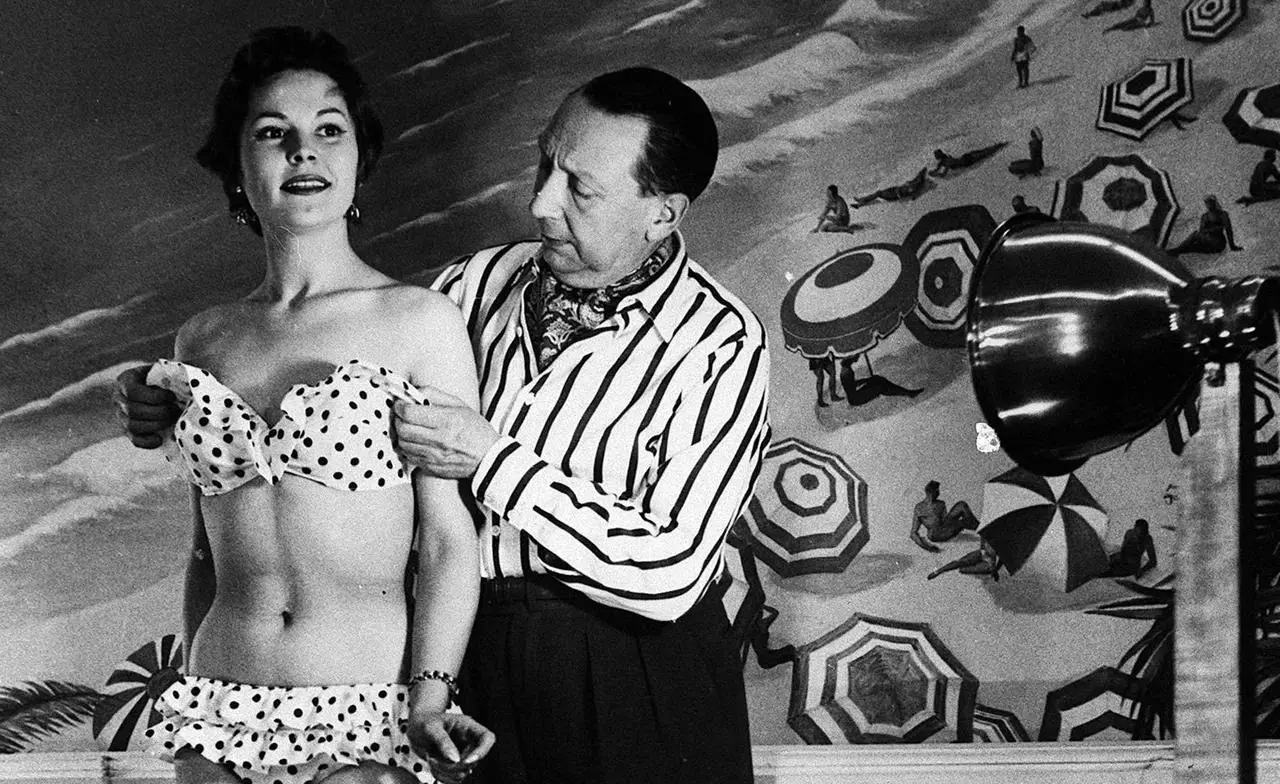
photos by reddit
The Bold Unveiling
Réard’s design was initially considered too scandalous for most models to wear in public. When he first introduced the bikini in Paris, he had to hire a nude dancer, Micheline Bernardini, to model it because no professional model was willing to wear something so revealing. The bikini consisted of just 30 inches of fabric, leaving much of the body exposed, which was unheard of at the time.
The media exploded with controversy. Many countries, including Italy, Spain, and Belgium, banned the bikini, declaring it indecent. Even in the U.S., the garment faced widespread criticism. Still, in France, the bikini gradually became popular on the beaches of the French Riviera, often associated with glamour and celebrity culture.
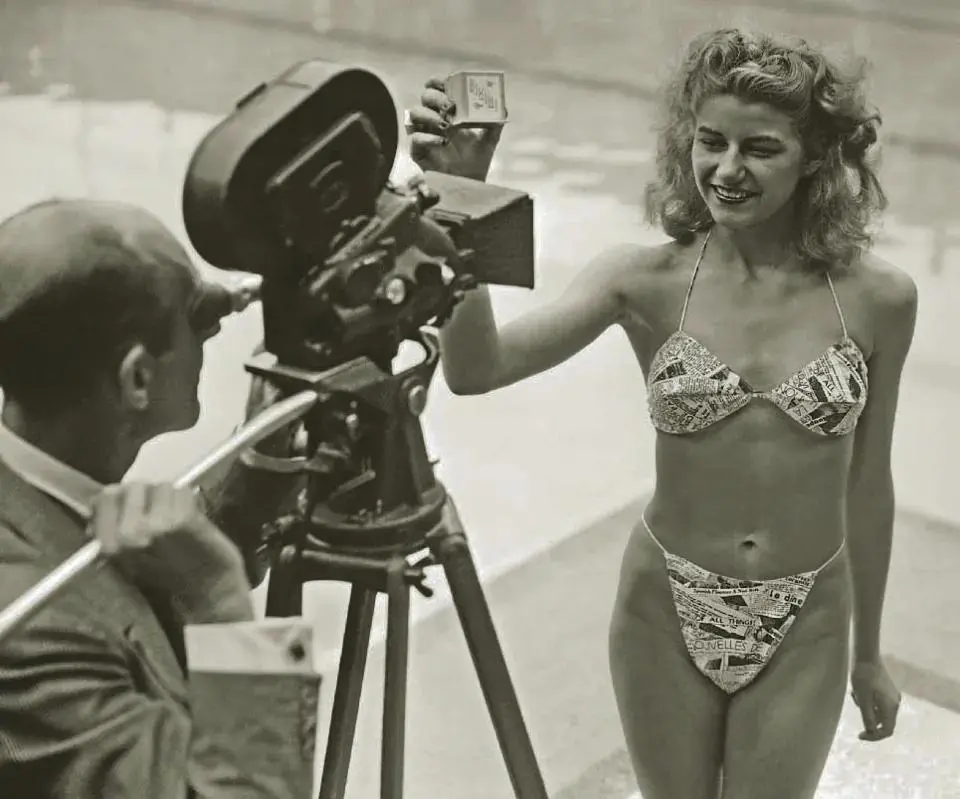

photos by alchetron.com
The Rise to Popularity
It wasn’t until the 1950s and 60s that the bikini gained widespread acceptance. The turning point came when actress Brigitte Bardot was photographed wearing a bikini at the Cannes Film Festival in 1953. Bardot’s influence, combined with the growing sexual revolution, helped shift public perception of the bikini from immoral to chic.
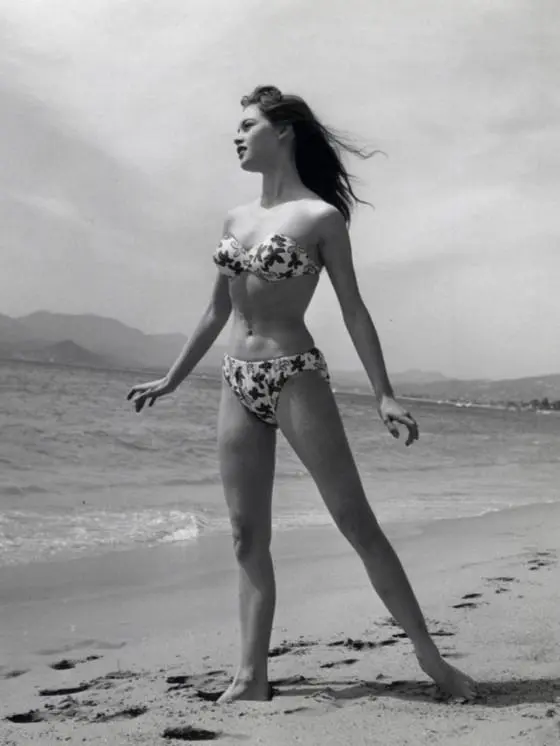
James Bond film Dr. No

Another boost came from Hollywood. In 1962, Ursula Andress famously emerged from the ocean in a white bikini in the James Bond film Dr. No. This cinematic moment is often credited with propelling the bikini into mainstream pop culture, making it a must-have item for women across the globe.
By the 1970s, bikinis were no longer seen as rebellious but rather a symbol of female empowerment, bodily autonomy, and self-expression. The advent of the Sports Illustrated Swimsuit Issue in the mid-60s, featuring models in bikinis, further cemented its status as a global fashion staple.
The Bikini in Modern Culture
Today, the bikini is ubiquitous. It has evolved in countless ways, from string bikinis to high-waisted retro styles, but its core message of confidence and liberation remains. Designers continue to reinvent the bikini, keeping it relevant and reflective of each era’s fashion trends.
While Louis Réard’s invention was initially met with shock and outrage, it has since become an enduring symbol of summer, beach culture, and the fashion world’s ability to push boundaries. More than just a swimsuit, the bikini’s history reflects broader changes in society attitudes towards the female body, freedom of expression, and personal autonomy.


Conclusion
The bikini’s journey from controversial invention to global icon demonstrates the power of fashion to influence and reflect societal change. What began as a scandalous two-piece in post-war Paris has evolved into a universal garment that represents much more than just swimwear—it is a celebration of individuality and a testament to the ever-shifting standards of beauty and fashion.
Louis Réard’s creation may have made waves when it was first introduced, but its impact continues to ripple through fashion history, making the bikini an enduring symbol of freedom, style, and empowerment.

